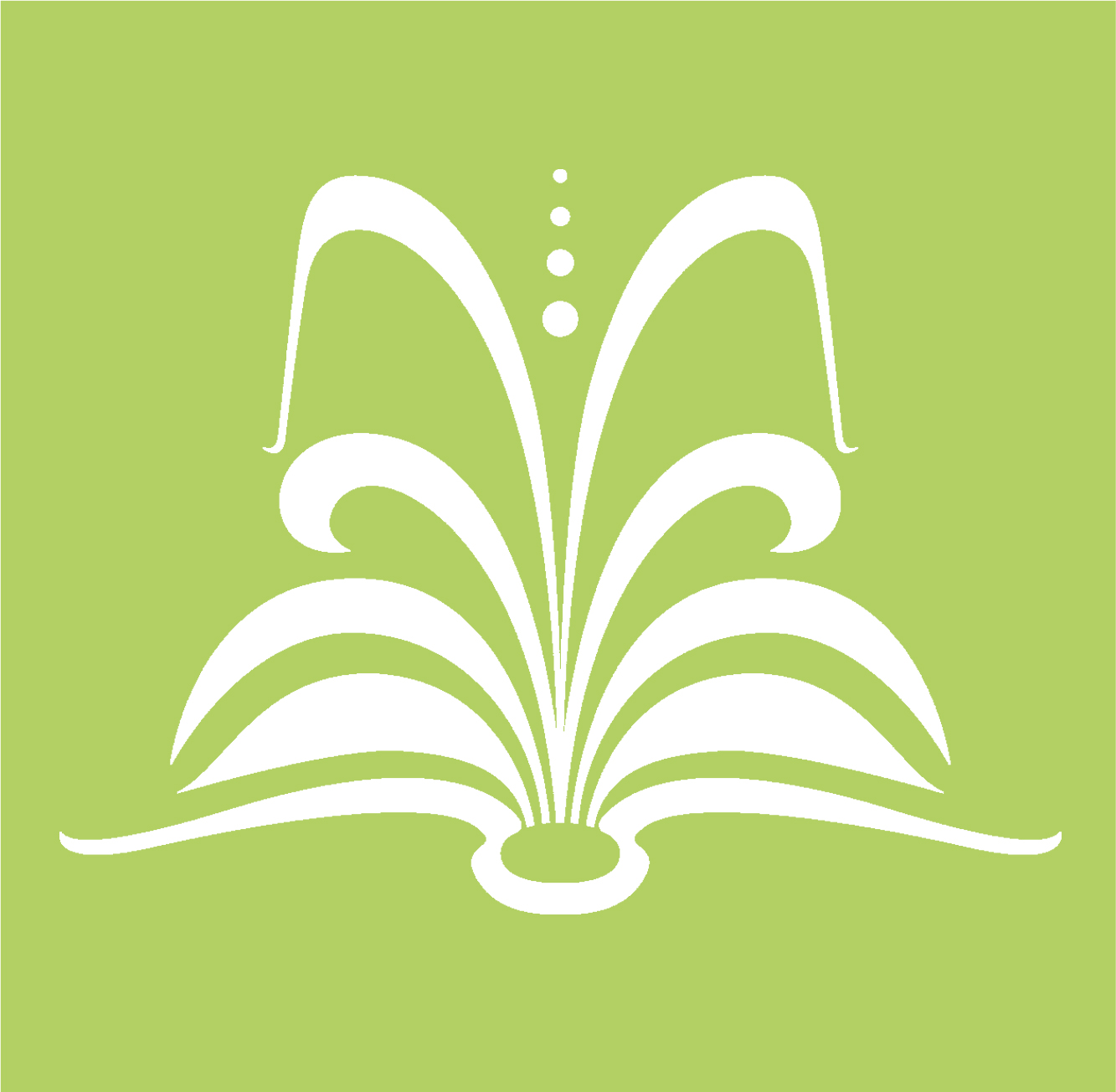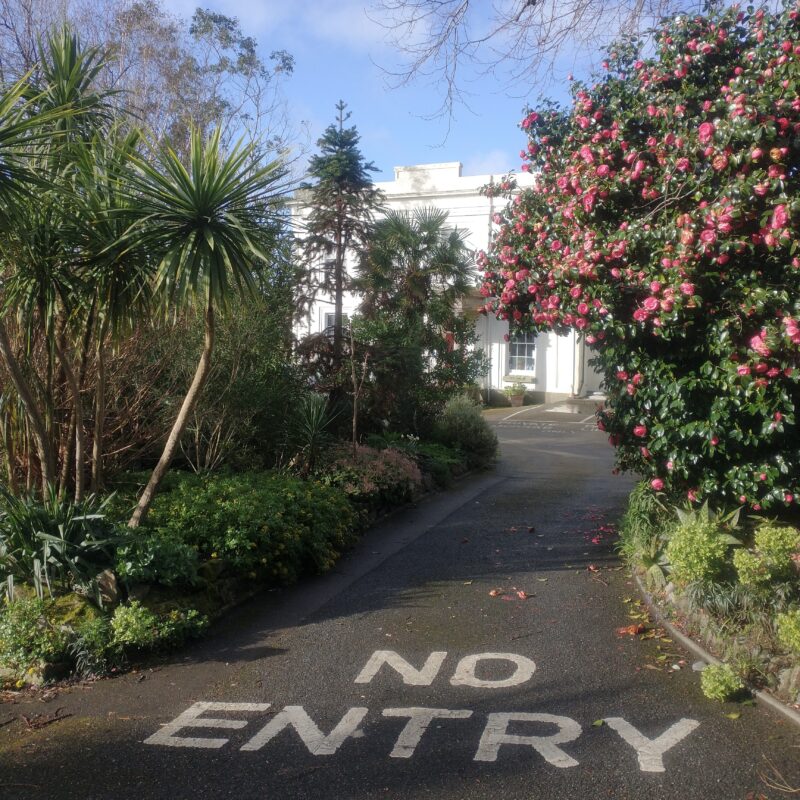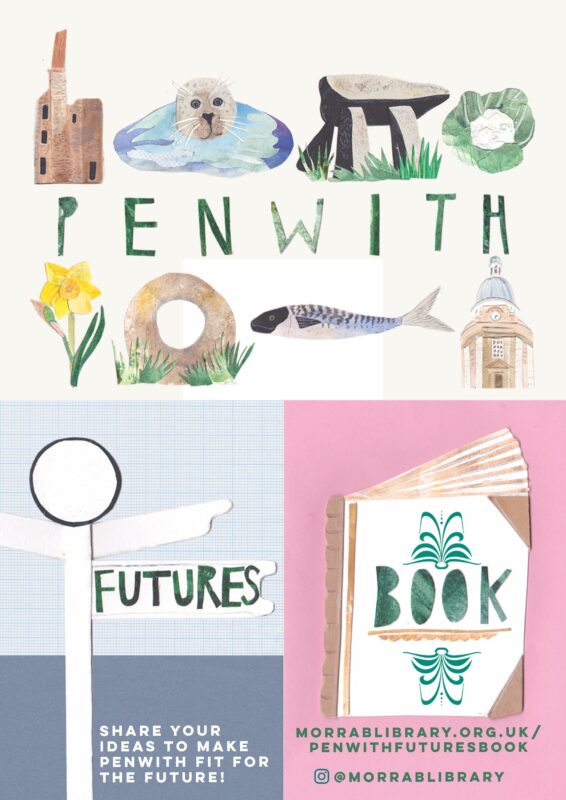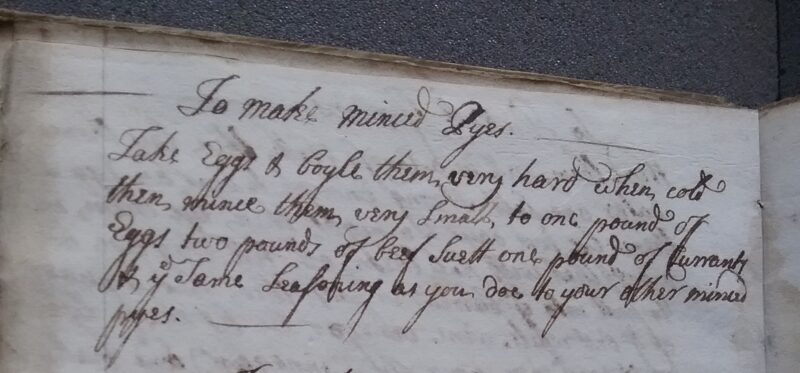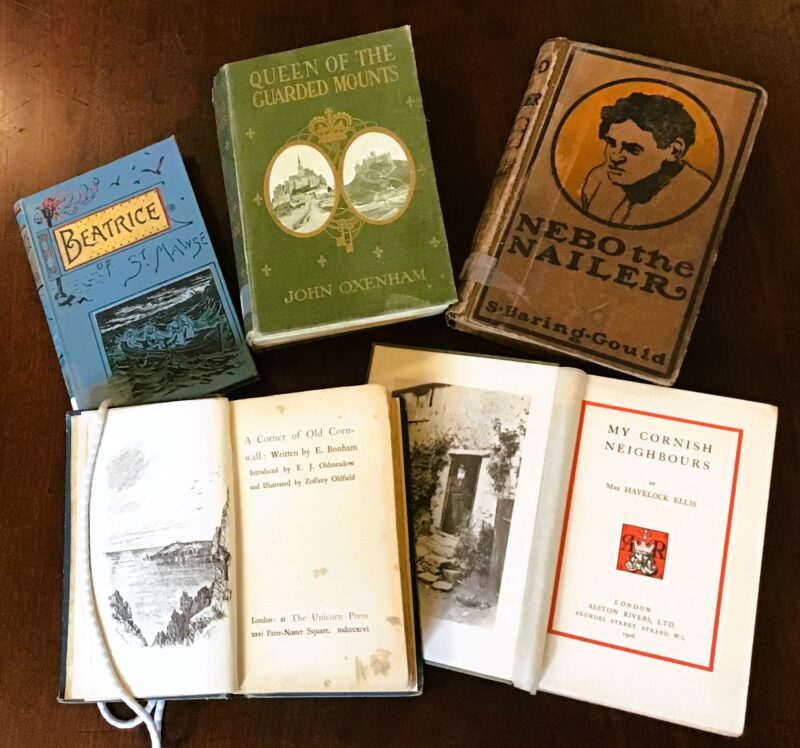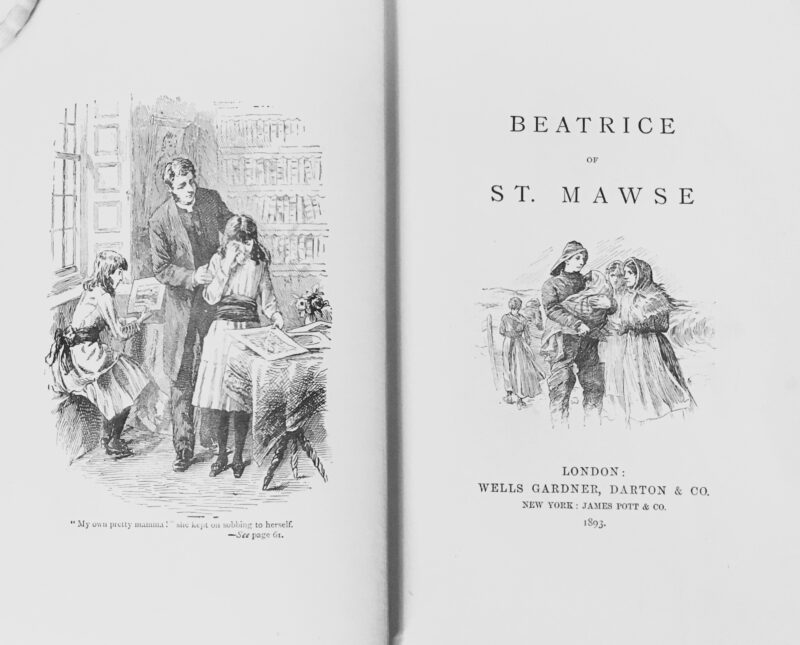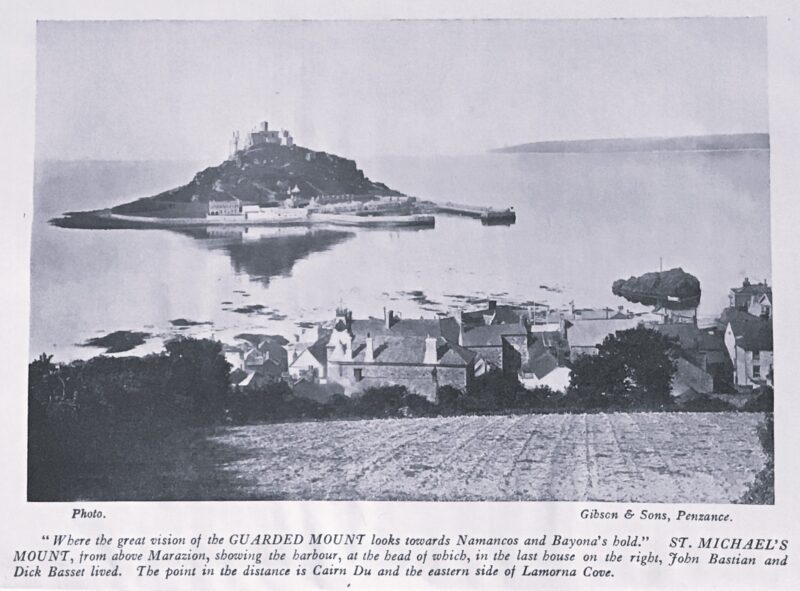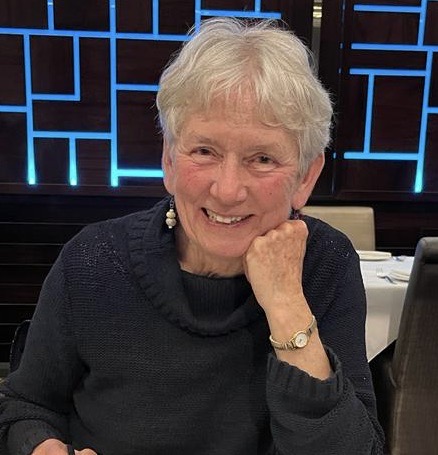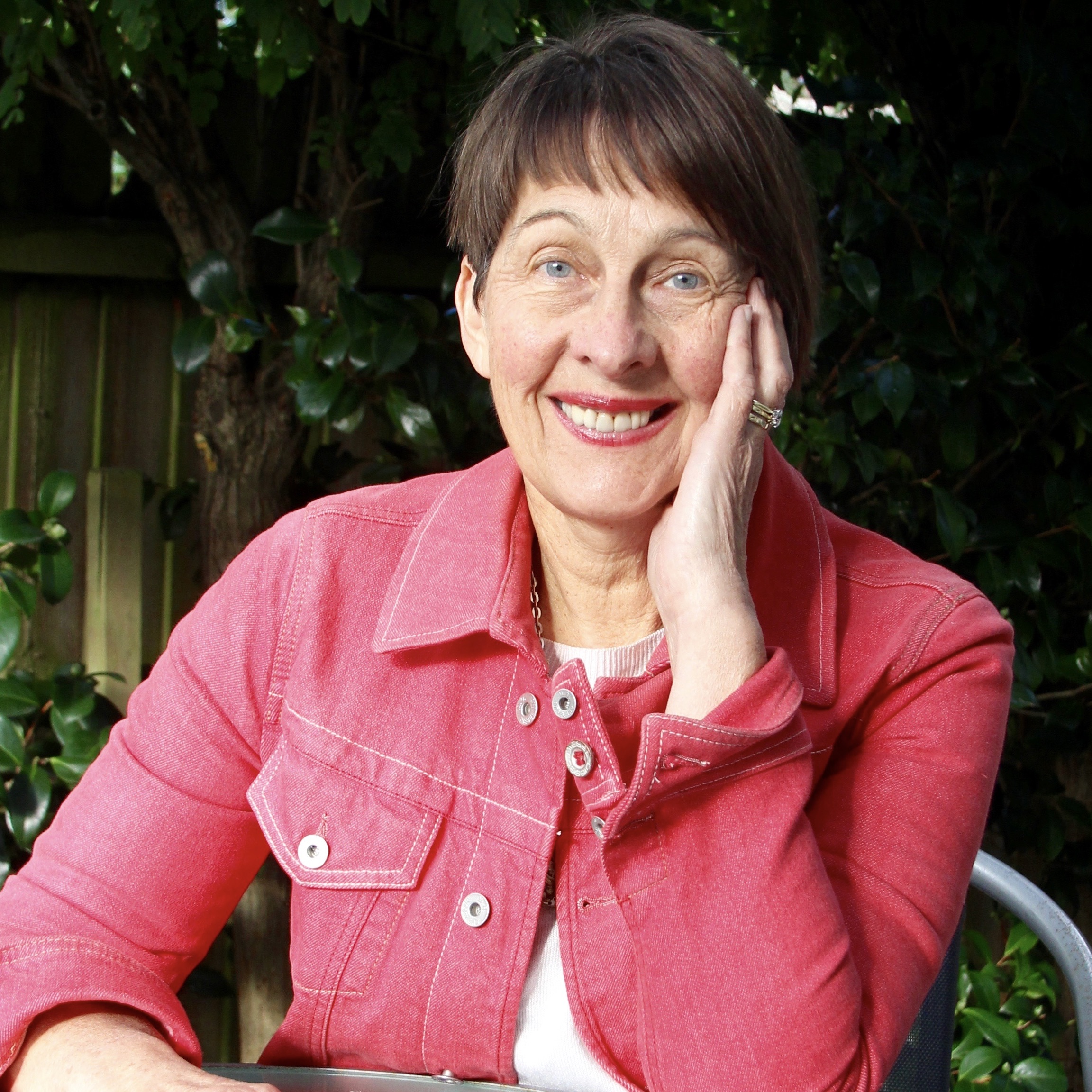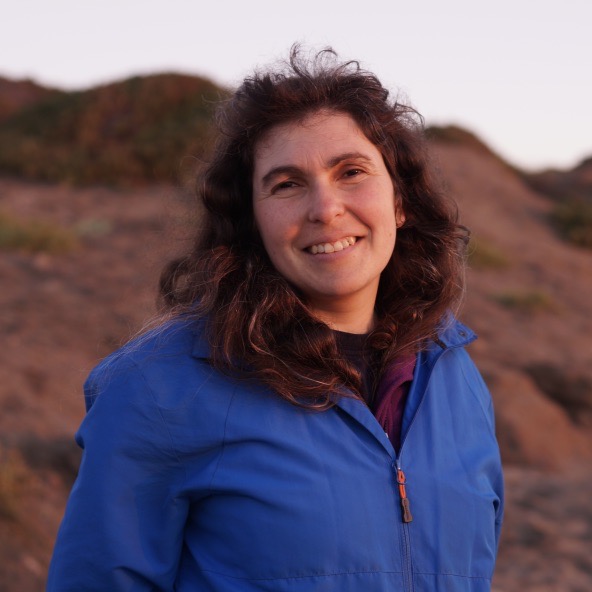Faye Dobinson is our new Artist in Residence
We are delighted to announce that Faye Dobinson is our new Artist in Residence. Her residency at Morrab Library is titled ‘Community Power Structure’, a phrase she borrowed from a book cover she spotted while visiting the library recently.
She says: “I was drawn to the cover of a book for its formal qualities – the colour, the typography, and the illustration. The 1953 cover will be the visual starting point for my residency.”
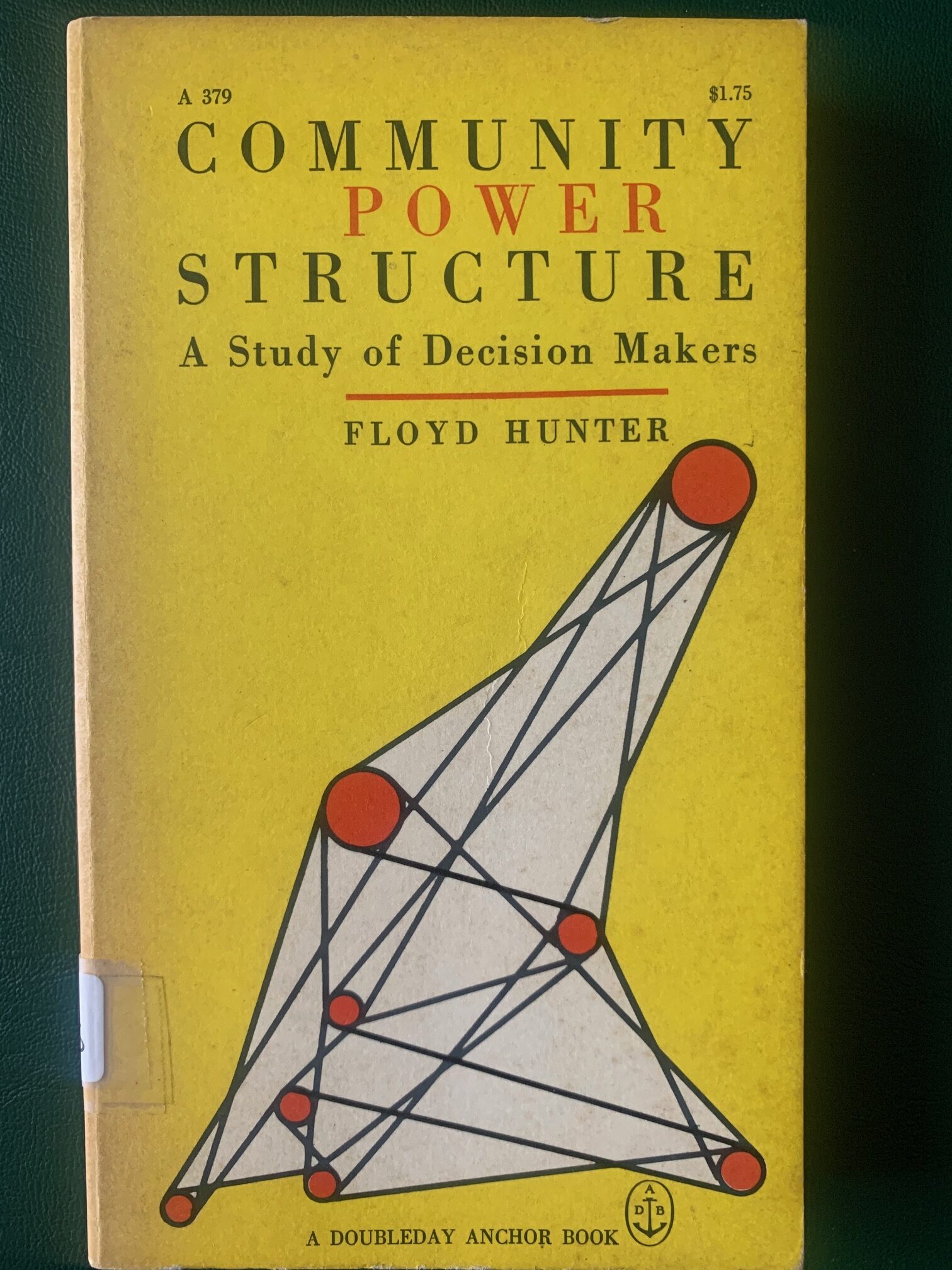
She adds, “I realised the title of ‘Community Power Structure’ contains three threads of interest that run through my art practice. These will act as both the activation point and the scaffold for the artwork that I make in my time at the library.”
Faye is a South East London born and West Cornwall based multi-disciplinary artist, activist and educator. She is an artist, curator, a Celebrant and also leads ‘Defining Practice,’ a yearlong practical based art mentoring course at The Newlyn Art School. She is passionate about art and creativity’s role in creating conversation, community, and heart led change. The relational aspect within her work has resulted in her exhibiting and teaching in Mongolia, exhibiting and working with artists in Tibet, helping open Europe’s first Contemporary Tibetan Art Gallery in East London, ‘The Sweet Tea House’ and saw her implementing ‘The Jupiter Project’, a space of possibility for artists and creative that was based at Jupiter Gallery in Newlyn and finished in April 2023.
She lives in Penzance, UK, with her daughter. We asked her when she first remembers coming to the Morrab Library and what her memories are of the library from that time.
“I first visited Morrab Library late 2019 when I moved into town after living in Phillack (Hayle) then Perranuthnoe for 12 years. I was astonished at the tangible peace, the active and alive stillness of the place. It vibrated with all the words and thoughts contained within it. I felt that Lisa and her staff had made a special place even more potent.”
Faye works in a range of disciplines including painting, drawing, printing, site-specific work and assemblage, and has travelled widely to meet other creative communities and look at the role of art in their lives. This socially engaged practice has run through her 25-year career, finding form in leading a wide range of creative projects in London with disaffected young people, working with children with emotional and behavioural problems, within her teaching and also in her own artistic output that asks questions of culture, power and love.
Faye says: “I will be using different artistic processes to let the space of the library unpack around me: the architectural space, the library as a container of meaning, as a space for the community and as a loved space, special to me and many others”.
We asked her why she wanted to be Artist in Residence at Morrab Library.
“I wanted to bring the different approaches of my artistic process to this wonderful building – to celebrate it through the act of tenderly paying attention.”
Faye has already begun creating artwork inspired by the library which you can have a look at on @communitypowerstructure. The first few pieces draw attention to some of the lesser spotted details of the rooms, such as the locks and escutcheons.

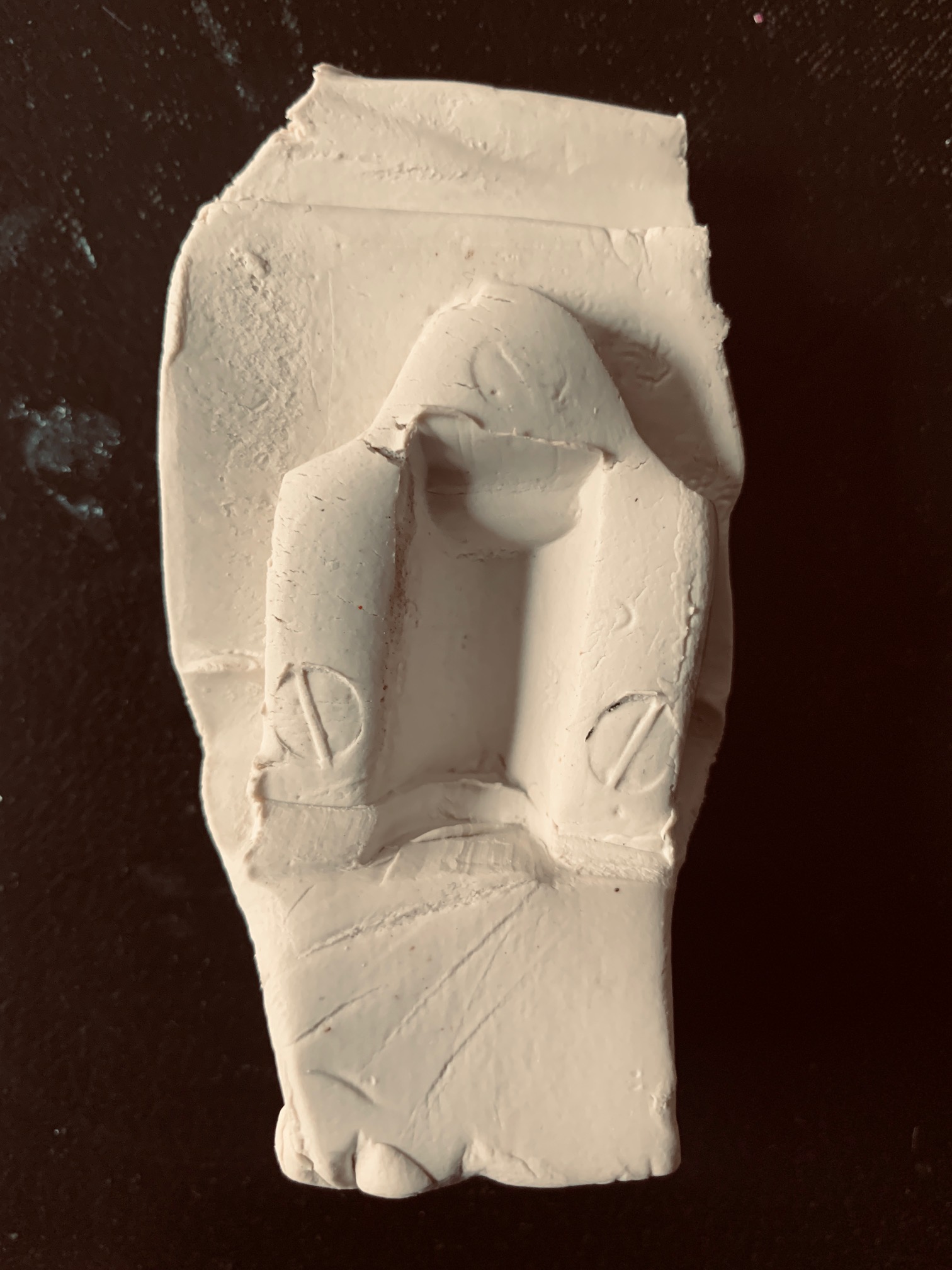
“Artist in Residencies create an opportunity for a place to influence and inspire an artist and for that artist to represent the place back to the community. It is a beautiful feedback loop!
I appreciate the very special space that it offers, the sense of community that it forges. My work is an active memorialising of this special community space: not in a solemn, static sense but, I hope, in a celebratory ‘alive’ sense.
I hope to bring a loving quality of attention to the details of the library – the idiosyncrasies and particulars that, for me, create a portrait of the place. I will be noticing what I notice and chronicling that. To me a place can be explored through myriad artistic processes and through that, different facets of the space can be revealed as it begins to unpack through the details of the sounds, smells and sights. I hope to help the often quiet and unseen be noticed and appreciated.”
We’re thrilled to be hosting Faye until November 2023 and you may spot her around the library over the course of the next few months, gathering inspiration and creating pieces. She will be exhibiting the work created during her residency in the library in January 2024.
